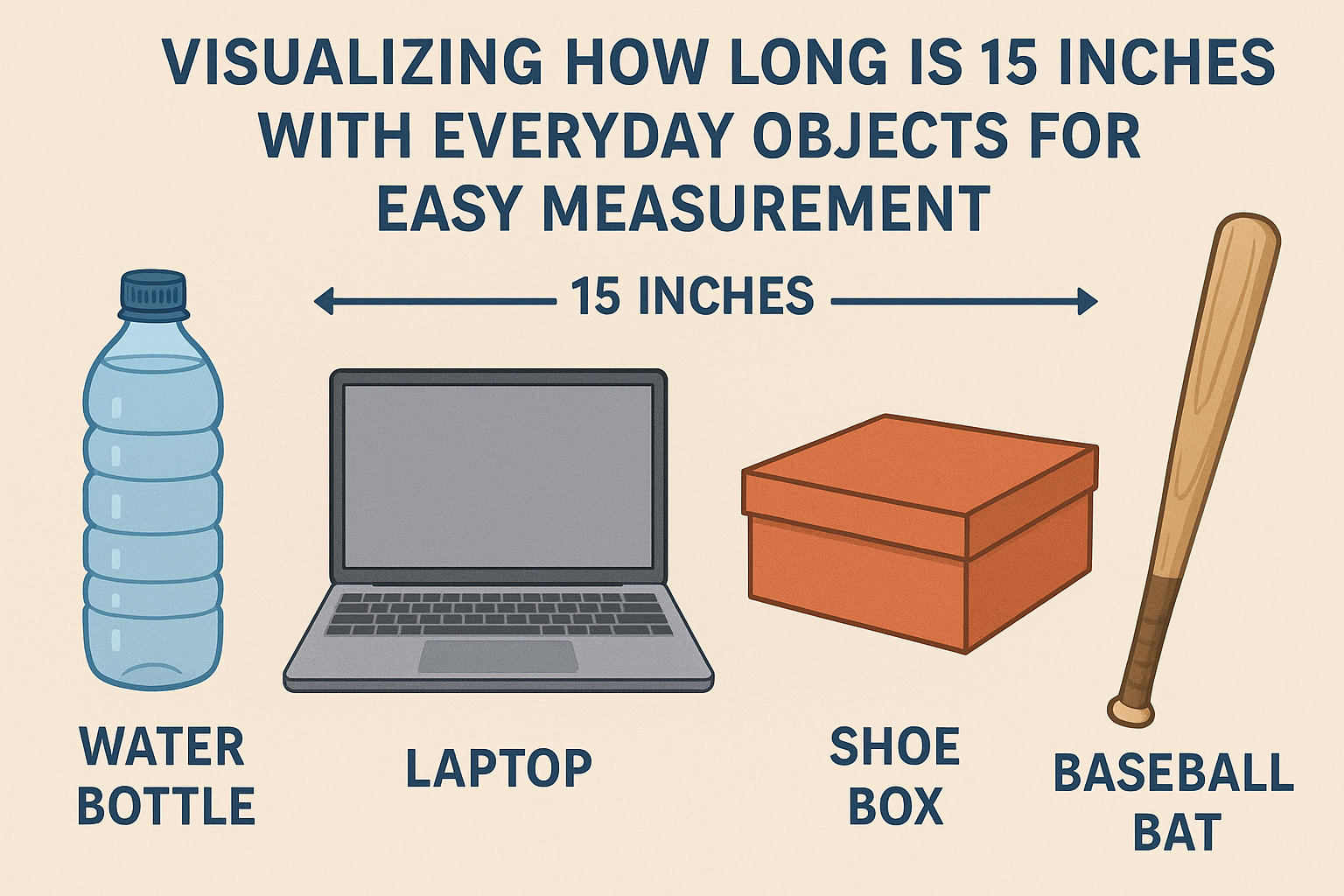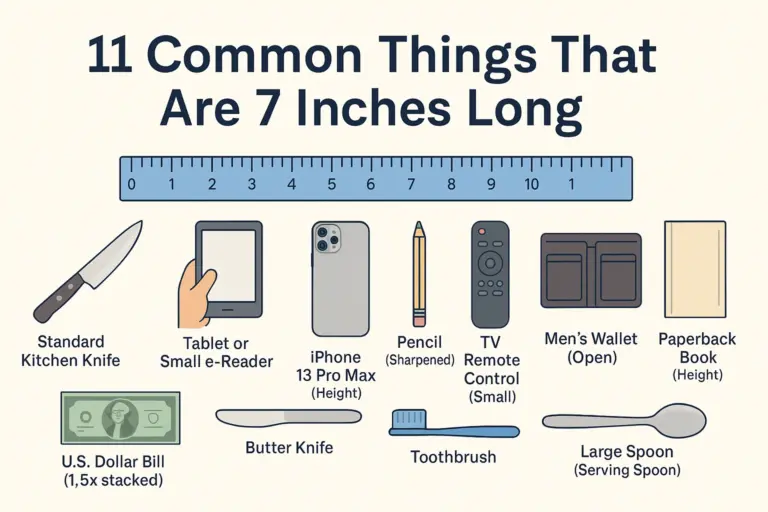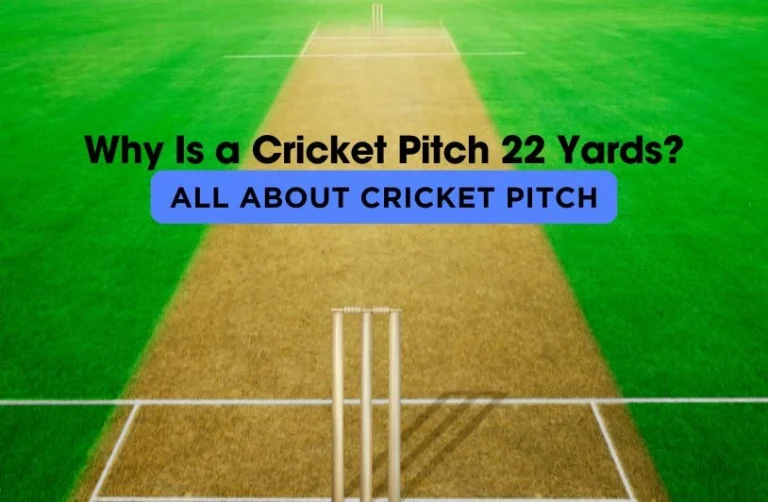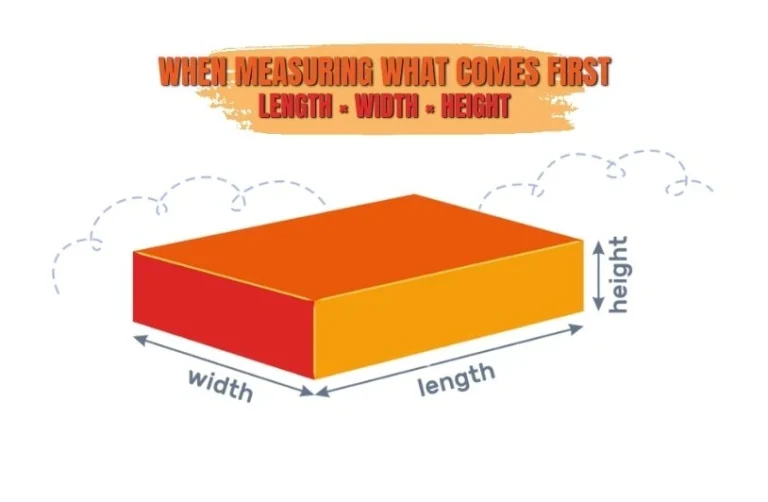From Net to Baseline: Understanding Pickleball Court Dimensions
Picture this: You’re standing on a perfectly marked court, paddle in hand, ready to serve. But wait – is this court the right size? Did you know that even a few inches off in pickleball court dimensions can completely change your game strategy and shot placement? Getting the measurements right isn’t just about following rules; it’s about creating the perfect playing environment where every shot counts and every game feels fair.
Pickleball has become one of the fastest-growing sports worldwide, and understanding proper court specifications is crucial for players, facility managers, and anyone planning to build or maintain a playing area. Whether you’re a beginner learning the basics or an experienced player looking to set up your own court, knowing the exact pickleball court dimensions will help you play better and enjoy the game more.
Standard Pickleball Court Dimensions Overview
The standard pickleball court dimensions are precisely defined to ensure consistency across all playing venues. A regulation pickleball court measures 20 feet wide by 44 feet long, creating a total playing area of 880 square feet. These dimensions of a pickleball court are the same for both singles and doubles play, making it simpler than tennis where court usage varies by game type.

The court is divided into several distinct zones, each serving a specific purpose in gameplay. The most recognizable feature is the net, which runs across the center of the court at 22 feet from each baseline. The pickleball court size includes specific areas like the non-volley zone (kitchen), service areas, and baselines that all have precise measurements.
Understanding these basic pickleball court dimensions helps players position themselves correctly during play and assists facility planners in determining space requirements. The compact size makes pickleball courts suitable for various locations, from dedicated facilities to converted tennis courts or multi-use recreational areas.
Key Measurement Components
Every element of pickleball court dimensions serves a strategic purpose in the game. The court length of 44 feet provides adequate space for groundstrokes and serves while maintaining the fast-paced nature that makes pickleball exciting. The 20-foot width creates enough room for lateral movement without making the court too challenging to cover.
The net height varies across the court width, measuring 36 inches at the sidelines and 34 inches at the center. This slight variation helps accommodate the natural sag of the net and ensures consistent play conditions. These pickleball court measurements are standardized by the USA Pickleball Association and followed internationally.
Service areas on each side measure 10 feet by 15 feet, divided by a centerline that runs from the non-volley zone to the baseline. This creates four distinct service boxes, each measuring 10 feet by 7.5 feet. These precise dimensions of a pickleball court ensure fair play and consistent serving conditions across all courts.
Detailed Breakdown of Court Zones
The Non-Volley Zone (Kitchen)
The non-volley zone, commonly called “the kitchen,” is one of the most critical areas in pickleball court dimensions. This zone extends 7 feet from the net on both sides, creating a 14-foot by 20-foot area where players cannot hit the ball in the air (volley). The kitchen is what makes pickleball unique among racquet sports and significantly influences game strategy.

The pickleball court measurements for the non-volley zone are strictly enforced during play. The 7-foot depth provides enough space for players to move and position themselves while maintaining the strategic element that prevents players from dominating at the net. This zone includes the line itself, meaning any contact with the line during a volley constitutes a fault.
Understanding kitchen dimensions helps players develop proper positioning and shot selection. The area forces players to be more strategic about when to approach the net and how to handle shots that land in this zone. These pickleball court dimensions create the distinctive dinking game that many players love about pickleball.
Service Areas and Baselines
The service areas in pickleball court dimensions are precisely measured to ensure fair and consistent serving opportunities. Each service area measures 10 feet wide by 15 feet deep, extending from the non-volley zone line to the baseline. The centerline divides each side into right and left service courts, each measuring 10 feet by 7.5 feet.
Baseline measurements are crucial for proper court setup. The baseline runs the full 20-foot width of the court and marks the back boundary for all shots. Players must serve from behind this line, and any ball landing beyond it is considered out. These pickleball court size specifications ensure consistent playing conditions whether you’re playing recreationally or competitively.
The service areas also determine serving rotation and positioning during doubles play. Understanding these dimensions of a pickleball court helps players position themselves correctly for serves and returns, improving their overall game strategy and court coverage.
Pickleball Court Dimensions vs Other Sports
| Sport | Court Length | Court Width | Total Area | Net Height |
|---|---|---|---|---|
| Pickleball | 44 feet | 20 feet | 880 sq ft | 34-36 inches |
| Tennis (Singles) | 78 feet | 27 feet | 2,106 sq ft | 36 inches |
| Tennis (Doubles) | 78 feet | 36 feet | 2,808 sq ft | 36 inches |
| Badminton | 44 feet | 17 feet | 748 sq ft | 60 inches |
| Platform Tennis | 44 feet | 20 feet | 880 sq ft | 37 inches |
Comparing pickleball court dimensions to other racquet sports shows why pickleball has become so popular. The court size is significantly smaller than tennis, making it more accessible for players of all ages and fitness levels. Unlike tennis, which has different court sizes for singles and doubles, pickleball maintains the same pickleball court size for all game formats.
The similarity in length to badminton courts (both 44 feet) is interesting, but the width difference and much lower net height create completely different playing experiences. Platform tennis shares identical pickleball court measurements in length and width, but the higher net and enclosed playing area with walls create distinct gameplay.
These comparisons help facility managers understand space requirements and conversion possibilities. Many tennis courts can accommodate multiple pickleball courts, with a standard tennis court fitting up to four pickleball courts with proper line marking and net placement.
Court Construction and Layout Requirements
Surface Requirements and Materials
Proper pickleball court dimensions must be combined with appropriate surface materials to create an optimal playing environment. The most common surfaces include asphalt, concrete, and specialized sport court materials. Each surface type affects ball bounce, player movement, and overall game quality while maintaining the required pickleball court size.
Concrete surfaces provide excellent durability and consistent ball bounce, making them ideal for permanent installations. The smooth surface allows for precise pickleball court measurements and line marking. Asphalt offers a slightly softer playing surface and is often more cost-effective for large installations, though it may require more frequent maintenance to keep dimensions of a pickleball court clearly marked.
Specialized sport surfacing systems can be applied over concrete or asphalt to provide optimal playing characteristics. These surfaces often include cushioning layers that reduce joint stress while maintaining the precise pickleball court dimensions required for competitive play. The surface choice should consider climate, usage levels, and maintenance capabilities.
Line Marking and Color Standards
Accurate line marking is essential for maintaining proper pickleball court dimensions. All lines should be 2 inches wide and clearly visible against the court surface. The most common color combination uses white lines on a green court surface, though other color combinations are acceptable as long as they provide adequate contrast.

The baseline, sidelines, centerline, and non-volley zone lines must all be precisely measured and marked according to official pickleball court measurements. Any deviation from these standards can affect gameplay and may not meet tournament requirements. Professional line marking ensures that pickleball court size specifications are maintained accurately.
Temporary courts may use removable tape or chalk for line marking, but permanent installations should use paint or other durable marking materials. The lines become part of the court surface and must be maintained regularly to keep dimensions of a pickleball court clearly visible and properly measured.
Net Specifications and Installation
Net Height and Tension Requirements
The net is a crucial component of pickleball court dimensions, with specific height requirements that affect gameplay significantly. Regulation nets measure 36 inches high at the sidelines and 34 inches at the center, creating a slight sag that’s natural and required for proper play. This 2-inch difference accommodates the weight of the net and ensures consistent playing conditions.

Net tension must be adjusted to maintain these pickleball court measurements consistently across the playing surface. Too much tension can raise the center height above regulation, while insufficient tension can create excessive sag that affects ball trajectory and fairness. Proper tensioning systems help maintain the correct pickleball court size specifications throughout regular use.
The net extends across the full 20-foot width of the court, with posts positioned slightly outside the sidelines to avoid interference with play. Net systems should be designed to maintain proper height even with regular adjustment and weather changes that might affect dimensions of a pickleball court.
Post Placement and Support Systems
Net posts play a vital role in maintaining accurate pickleball court dimensions and ensuring safe play. Posts should be positioned 12 inches outside each sideline, preventing player contact during normal gameplay while supporting the net properly. This placement ensures that the net spans exactly 22 feet between posts, matching the court width plus the required clearance.
Permanent post installations typically use in-ground sleeves or concrete footings to provide stable support. Portable systems offer flexibility for multi-use facilities but must still maintain the precise pickleball court measurements required for regulation play. The post height should accommodate the net attachment point while allowing for proper tension adjustment.
Support systems must withstand wind, weather, and the forces created by net tension without affecting the pickleball court size or creating safety hazards. Regular inspection and maintenance of posts and support hardware ensure that dimensions of a pickleball court remain accurate over time.
Safety Clearances and Buffer Zones
| Zone Type | Minimum Clearance | Recommended Clearance | Purpose |
|---|---|---|---|
| End Lines (Behind Baselines) | 10 feet | 12 feet | Player overrun protection |
| Sidelines | 5 feet | 8 feet | Lateral movement safety |
| Overhead | 18 feet | 22 feet | Lob shot clearance |
| Between Courts | 10 feet | 12 feet | Multi-court separation |
Understanding safety clearances around pickleball court dimensions is essential for player safety and optimal gameplay. The playing area itself represents only part of the total space needed for a complete pickleball facility. Adequate clearances prevent injuries and allow players to make aggressive shots without fear of running into obstacles.
End-line clearances are particularly important because players often need to run beyond the baseline to retrieve shots. The minimum 10-foot clearance behind each baseline provides basic safety, but 12 feet or more allows for more comfortable play and reduces the risk of collisions with walls, fences, or other obstacles that might surround the pickleball court size.
Sideline clearances serve similar safety purposes while accommodating the lateral movement common in pickleball. Players frequently move beyond the sidelines during play, especially when retrieving wide shots or playing aggressive angles. Proper clearances ensure that pickleball court measurements include adequate safety zones for all types of play.
Indoor vs Outdoor Pickleball Court Dimensions
Indoor Facility Considerations
Indoor pickleball court dimensions follow the same basic measurements as outdoor courts, but facility design must account for ceiling height, lighting, and ventilation requirements. The minimum ceiling height for indoor pickleball is 18 feet, though 22 feet or higher provides better conditions for lob shots and overhead play. These considerations affect how pickleball court size fits within existing buildings.

Indoor courts often benefit from specialized flooring systems that provide optimal ball bounce and player comfort. These surfaces must maintain the exact pickleball court measurements while offering features like slip resistance and joint protection. Climate control helps maintain consistent playing conditions regardless of outside weather.
Lighting for indoor courts should provide uniform illumination across the entire playing surface without creating glare or shadows that might affect play. Proper lighting design ensures that lines and dimensions of a pickleball court remain clearly visible under all playing conditions, supporting fair and enjoyable games.
Outdoor Weather Considerations
Outdoor pickleball court dimensions must account for weather-related factors that can affect playing conditions and court maintenance. Wind patterns, sun orientation, and drainage all influence how courts perform and how long surface markings maintain their clarity. These factors don’t change the basic pickleball court size, but they affect court placement and design.

Sun orientation significantly impacts player comfort and game quality. Courts oriented north-south minimize sun glare issues during peak playing hours, while east-west orientation can create challenging conditions during morning and evening play. Proper orientation planning ensures that pickleball court measurements provide optimal playing conditions throughout the day.
Drainage design prevents water accumulation that could damage court surfaces or create unsafe playing conditions. Proper grading and drainage systems protect the investment in court construction while maintaining the precise dimensions of a pickleball court over time. Weather considerations help ensure long-term court performance and player satisfaction.
Converting Existing Facilities
Tennis Court Conversions
Converting tennis courts to pickleball represents one of the most common ways to add pickleball court dimensions to existing facilities. A standard tennis court can accommodate up to four pickleball courts with proper planning and line marking. This conversion makes efficient use of existing space while providing multiple playing opportunities within the original tennis pickleball court size footprint.
The conversion process involves adding new line markings for pickleball court measurements while potentially keeping existing tennis lines for dual-use facilities. Temporary or permanent nets can be installed to provide the proper net height for pickleball play. These conversions must maintain accurate dimensions of a pickleball court while considering how multiple courts share the space.
Net systems for converted courts require careful planning to ensure proper height and positioning. Portable net systems offer flexibility for facilities that want to maintain tennis capability, while permanent installations provide the most accurate pickleball court dimensions for dedicated pickleball use.
Multi-Use Court Planning
Multi-use facilities require careful planning to accommodate different sports while maintaining proper pickleball court dimensions when needed. Line marking systems that serve multiple sports can become confusing, so clear color coding and line styles help players identify the correct boundaries for their game. This planning ensures that pickleball court size requirements don’t conflict with other sports.
Removable or adjustable net systems allow facilities to quickly change between different sports configurations. These systems must still maintain the precise pickleball court measurements required for regulation play while offering the flexibility needed for multi-use operations. Storage and setup procedures should be simple enough for regular use.
Scheduling and maintenance for multi-use courts require consideration of how different sports affect court surfaces and markings. Regular inspection ensures that dimensions of a pickleball court remain accurate and clearly marked even with varied usage patterns. Proper planning maximizes facility utilization while maintaining quality playing conditions.
Tournament and Competition Standards
Official Tournament Requirements
Tournament play requires strict adherence to official pickleball court dimensions as established by governing bodies like USA Pickleball. Competition courts must meet exact pickleball court measurements without deviation, as even small variations can affect gameplay and create unfair advantages. Tournament organizers must verify court specifications before sanctioned events.
Professional tournaments often require additional features beyond basic pickleball court size specifications. These might include specific surface materials, enhanced lighting standards, and expanded clearance areas for player safety and spectator viewing. The dimensions of a pickleball court remain the same, but supporting infrastructure must meet higher standards.
Court certification processes ensure that tournament venues meet all required specifications. Regular measurement and inspection confirm that pickleball court dimensions remain accurate over time and through regular use. This attention to detail maintains the integrity of competitive play and ensures fair conditions for all participants.
Recreational vs Competitive Standards
While recreational play can accommodate some flexibility in pickleball court dimensions, maintaining proper measurements enhances the playing experience for all skill levels. Recreational courts should still follow official pickleball court size specifications to help players develop proper positioning and shot selection that will transfer to other courts and potential tournament play.
Recreational facilities might prioritize different aspects of court design while maintaining core pickleball court measurements. Features like softer surfaces, enhanced lighting, or expanded clearance areas can improve the recreational experience without changing the fundamental dimensions of a pickleball court.
The gap between recreational and competitive standards should focus on amenities and comfort features rather than basic court dimensions. Maintaining consistent pickleball court dimensions across all playing levels helps players transition between facilities and skill levels more easily.
Maintenance and Long-Term Care
Preserving Court Markings
Maintaining clear and accurate pickleball court dimensions requires regular attention to line markings and surface conditions. Weather, use patterns, and surface wear can gradually affect the visibility and accuracy of court lines. Regular repainting or remarking ensures that pickleball court measurements remain clearly defined and regulation-compliant.
Surface cleaning and maintenance affect both court performance and the longevity of line markings. Proper cleaning techniques remove debris and stains without damaging the surface or painted lines that define pickleball court size. Regular maintenance schedules help identify issues before they affect playability or safety.
Inspection procedures should verify that dimensions of a pickleball court remain accurate over time. Surface settling, weather effects, or facility changes might gradually affect court measurements. Regular checking and adjustment maintain the precise standards required for quality play.
Surface Repair and Renovation
Surface repairs must maintain the exact pickleball court dimensions established during original construction. Patching, resurfacing, or renovation work should include verification of court measurements to ensure continued compliance with standards. Any changes to surface height or contour could affect the accuracy of pickleball court size specifications.
Renovation planning should consider how surface changes might affect drainage, line marking, and overall court performance. Major renovations provide opportunities to update courts to current standards while maintaining the proven pickleball court measurements that ensure quality play. Professional contractors experienced with pickleball requirements help ensure proper results.
Long-term care plans should include schedules for major maintenance, surface renewal, and equipment updates. These plans help facility managers budget for maintenance while ensuring that dimensions of a pickleball court continue to meet standards throughout the facility’s lifespan.
Cost Considerations and Budgeting
Construction Cost Factors
Building courts with proper pickleball court dimensions involves various cost factors beyond basic construction. Site preparation, materials, line marking, net systems, and clearance areas all contribute to total project costs. Understanding these factors helps facility planners budget appropriately for quality pickleball court size installations.
Surface material choices significantly impact both initial costs and long-term maintenance expenses. While basic asphalt surfaces cost less initially, specialized sport surfaces might provide better long-term value through reduced maintenance and improved playing conditions. These decisions affect the total cost of achieving proper pickleball court measurements.
Labor costs for professional installation ensure that dimensions of a pickleball court meet regulation standards from the beginning. While DIY installation might seem cost-effective, professional contractors have the experience and equipment needed to achieve precise measurements and quality results that will last for years.
Operating and Maintenance Budgets
Ongoing costs for maintaining pickleball court dimensions include surface cleaning, line repainting, net replacement, and periodic repairs. These costs vary based on usage levels, weather exposure, and initial construction quality. Proper budgeting ensures that courts maintain their pickleball court size specifications over time.
Utility costs for lighting, if applicable, and water for cleaning contribute to operating expenses. Indoor facilities include climate control costs that help preserve court surfaces and maintain consistent playing conditions. These expenses support the goal of keeping pickleball court measurements accurate and playing conditions optimal.
Insurance and liability considerations may affect operating costs, particularly for facilities open to public use. Proper maintenance and adherence to safety standards, including accurate dimensions of a pickleball court, help minimize liability risks while providing safe playing environments for all users.
Regional Variations and International Standards
USA Pickleball Association Standards
The USA Pickleball Association (USAPA) sets the official standards for pickleball court dimensions used throughout the United States. These specifications ensure consistency across all levels of play, from recreational to professional tournaments. The USAPA standards define exact pickleball court measurements that serve as the reference for court construction and tournament play.
Regular updates to USAPA standards reflect the evolution of the sport and ongoing research into optimal playing conditions. While basic pickleball court size specifications remain stable, refinements in surface materials, net systems, and safety requirements continue to develop. Staying current with these standards ensures that facilities meet the latest requirements.
USAPA certification programs help ensure that courts meet official standards and that construction professionals understand current requirements. These programs support the development of quality facilities that maintain proper dimensions of a pickleball court while meeting the needs of growing player populations.
International Pickleball Federation Guidelines
International play follows guidelines established by the International Federation of Pickleball (IFP), which generally align with USAPA standards for basic pickleball court dimensions. This consistency allows players to compete internationally without adjusting to different court sizes or configurations. The standardization of pickleball court size supports the sport’s global growth.
Minor variations in equipment specifications or surface requirements may exist between regions, but core pickleball court measurements remain consistent internationally. This standardization helps equipment manufacturers, facility planners, and players maintain consistent expectations regardless of location.
The IFP works with national organizations to ensure that dimensions of a pickleball court standards support both recreational play and international competition. This cooperation helps maintain the sport’s integrity while accommodating regional preferences and requirements.
Future Trends and Developments
Technology Integration
Modern court design increasingly incorporates technology features that enhance the playing experience while maintaining traditional pickleball court dimensions. Smart lighting systems, electronic scoring displays, and court monitoring sensors can be integrated without affecting the basic pickleball court size or gameplay requirements.
Surface technology continues to evolve, offering new materials that provide better performance, durability, and player comfort. These advances maintain the exact pickleball court measurements while improving playing conditions and reducing maintenance requirements. Innovation in surface technology benefits both players and facility managers.
Future developments might include automated line calling systems or other technologies that enhance game accuracy and fairness. These systems must work within existing dimensions of a pickleball court while providing valuable assistance to players and officials during competitive play.
Accessibility and Inclusive Design
Developing standards for accessible pickleball facilities ensure that players with disabilities can enjoy the sport while maintaining standard pickleball court dimensions. Accessible design focuses on court approaches, seating areas, and support facilities rather than changing the basic pickleball court size that defines the game.
Universal design principles can be applied to court construction and facility planning without affecting regulation pickleball court measurements. These approaches create welcoming environments for players of all abilities while maintaining the sport’s traditional playing characteristics and dimensions of a pickleball court.
Future accessibility standards will likely continue evolving to better serve diverse player populations. These developments enhance the sport’s inclusivity while preserving the fundamental pickleball court dimensions that define fair and competitive play.
Conclusion
Understanding and implementing proper pickleball court dimensions forms the foundation for enjoyable and fair play across all skill levels. From the precise 20-foot by 44-foot court size to the specific measurements of the non-volley zone, service areas, and net specifications, every dimension serves a purpose in creating the unique game that millions of players love.
Whether you’re planning a new facility, converting existing space, or simply wanting to better understand the game, accurate pickleball court size knowledge helps ensure optimal playing conditions. The standardization of these measurements across recreational and competitive levels supports player development and maintains the sport’s integrity as it continues growing worldwide.
For facility planners, players, and sports enthusiasts looking to create the perfect pickleball environment, working with experienced professionals who understand these specifications makes all the difference. Dimensions Path specializes in helping clients achieve precise, regulation-quality courts that serve players well for years to come, ensuring that every game is played on properly measured and professionally constructed facilities.
Frequently Asked Questions
Q: What is the size of pickleball court in India?
A: Pickleball courts in India follow the same international standards as courts worldwide. The regulation pickleball court dimensions are 20 feet wide by 44 feet long, with the same net height and zone measurements used globally. This consistency allows Indian players to compete internationally and ensures that courts built in India meet official tournament standards.
Q: Can a tennis court be converted to accommodate pickleball courts?
A: Yes, a standard tennis court can accommodate up to four pickleball courts. The tennis court dimensions are much larger than required pickleball court size, allowing for multiple courts with proper line marking and net installation. This conversion is one of the most cost-effective ways to add pickleball facilities to existing sports complexes.
Q: What are the minimum clearance requirements around a pickleball court?
A: The minimum clearance requirements include 10 feet behind each baseline, 5 feet on each sideline, and 18 feet of overhead clearance for indoor courts. However, recommended clearances are 12 feet behind baselines and 8 feet on sidelines for better safety and playing comfort. These clearances ensure player safety while maintaining the regulation dimensions of a pickleball court for gameplay.
👉 Also, check out our latest guide on Passport Photo Dimension only at dimensions path!
Looking to make someone smile? Find thoughtful wishes at “TerrificWishes.com“







